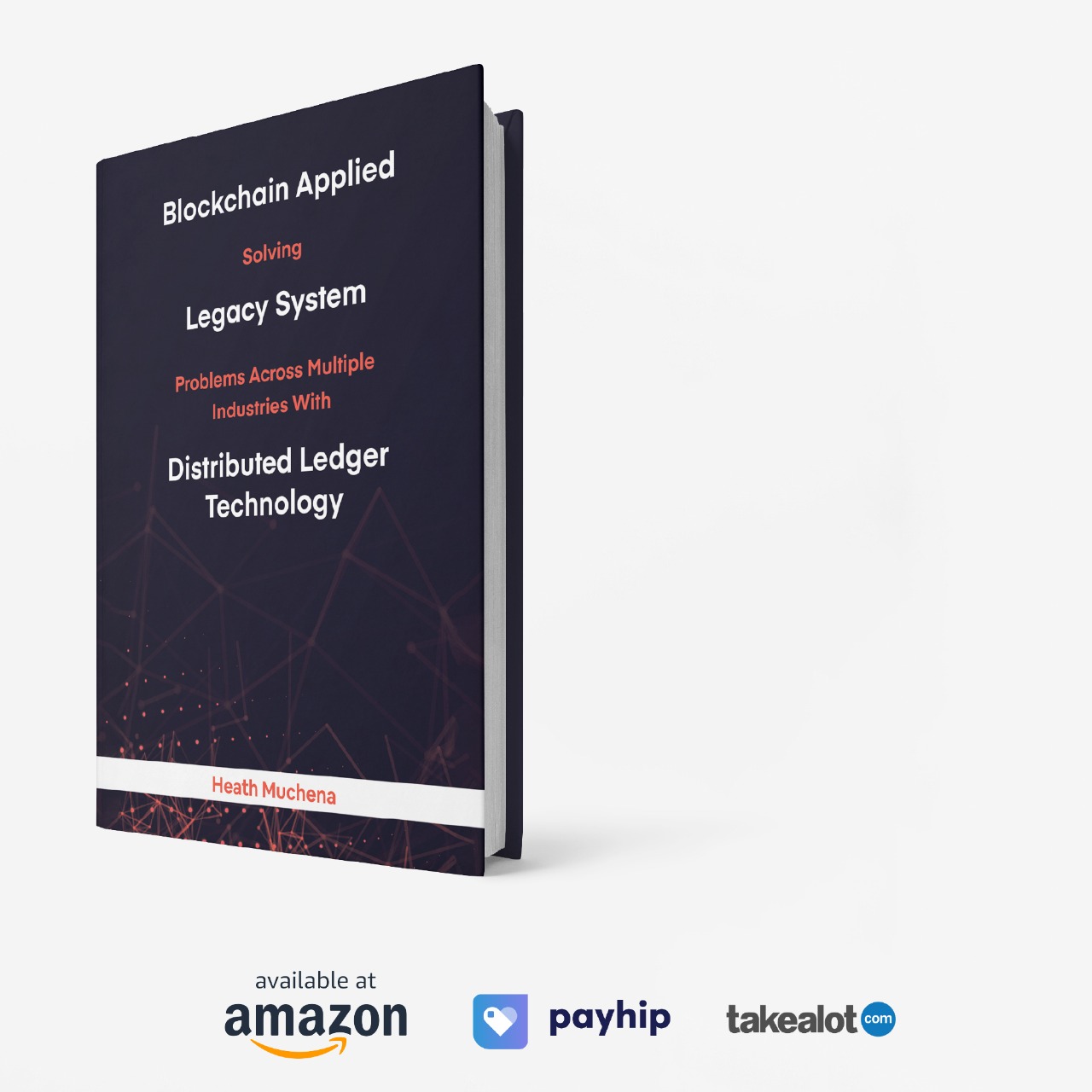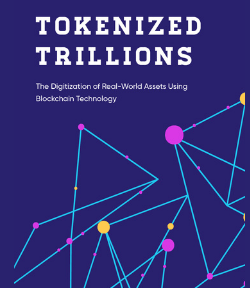
How Do Crypto Exchanges Work Behind the Scenes?
Inside Crypto Exchanges: How Order Books, Liquidity & Fees Really Work
Whether you’re trading Bitcoin on Binance or scalping altcoins on MEXC, BingX, Bybit, KCEX, Tapbit, XT, Blofin or Phemex – every click on a crypto exchange taps into a powerful engine of market infrastructure. But what actually happens behind the scenes? Let’s break it down.
1. What Happens When You Click “Buy”?
When you place a trade, your order goes to the order matching engine. This software system processes and pairs buy and sell orders based on price and time priority.
For example:
-
You want to buy 1 ETH at $3,500.
-
The engine checks if there’s a sell order for 1 ETH at $3,500 or lower.
-
If there is, your trade executes instantly (market order).
-
If not, your order sits on the book until matched (limit order).
Key Insight: Faster exchanges (like GRVT or Bitunix) have low-latency engines built for institutional-grade execution.
2. Understanding the Order Book
An order book is a live feed of current buy (bids) and sell (asks) orders.
| Side | Price | Quantity |
|---|---|---|
| Ask | $3,505 | 2.5 ETH |
| Ask | $3,510 | 3.0 ETH |
| … | … | … |
| Bid | $3,495 | 1.2 ETH |
| Bid | $3,490 | 4.0 ETH |
The spread (difference between highest bid and lowest ask) affects trade cost.
3. Where Does Liquidity Come From?
Liquidity comes from market makers — traders or bots that constantly place buy/sell orders to tighten spreads and fill trades. Some exchanges like Desk.exchange even support delta-neutral bots to improve liquidity.
Top sources:
-
Internal users
-
High-frequency trading firms
-
Cross-exchange arbitrage bots
-
Institutional liquidity providers
Platforms like Phemex and BingX run programs to reward market makers.
4. Trading Fees: Maker vs Taker
| Type | Action | Typical Fee |
|---|---|---|
| Maker | Adds liquidity (limit orders) | 0.01%–0.05% |
| Taker | Removes liquidity (market orders) | 0.05%–0.10% |
Some platforms (like MEXC or KCEX) offer zero maker fees for certain pairs.
5. Risk Engines and Account Security
Before executing leveraged or margin trades, the exchange checks:
-
Margin balance
-
Open interest
-
Liquidation thresholds
Stop-loss triggers, liquidation engines, and insurance funds all operate silently in the background.
Advanced exchanges like Blofin have real-time risk matrices visible to users.
Why It Matters for You
When you know how exchanges function:
-
You can place smarter orders
-
Avoid slippage on low-liquidity pairs
-
Understand the true cost of each trade
-
Trade safely with leverage
Next time you trade on Tapbit, Bybit, or GRVT, remember: you’re not just clicking a button — you’re commanding a financial engine.






